- About MAA
- Membership
- MAA Publications
- Periodicals
- Blogs
- MAA Book Series
- MAA Press (an imprint of the AMS)
- MAA Notes
- MAA Reviews
- Mathematical Communication
- Information for Libraries
- Author Resources
- Advertise with MAA
- Meetings
- Competitions
- Programs
- Communities
- MAA Sections
- SIGMAA
- MAA Connect
- Students
- MAA Awards
- Awards Booklets
- Writing Awards
- Teaching Awards
- Service Awards
- Research Awards
- Lecture Awards
- Putnam Competition Individual and Team Winners
- D. E. Shaw Group AMC 8 Awards & Certificates
- Maryam Mirzakhani AMC 10 A Awards & Certificates
- Two Sigma AMC 10 B Awards & Certificates
- Jane Street AMC 12 A Awards & Certificates
- Akamai AMC 12 B Awards & Certificates
- High School Teachers
- News
You are here
Who's That Mathematician? Paul R. Halmos Collection - Page 31
For more information about Paul R. Halmos (1916-2006) and about the Paul R. Halmos Photograph Collection, please see the introduction to this article on page 1. A new page featuring six photographs will be posted at the start of each week during 2012.
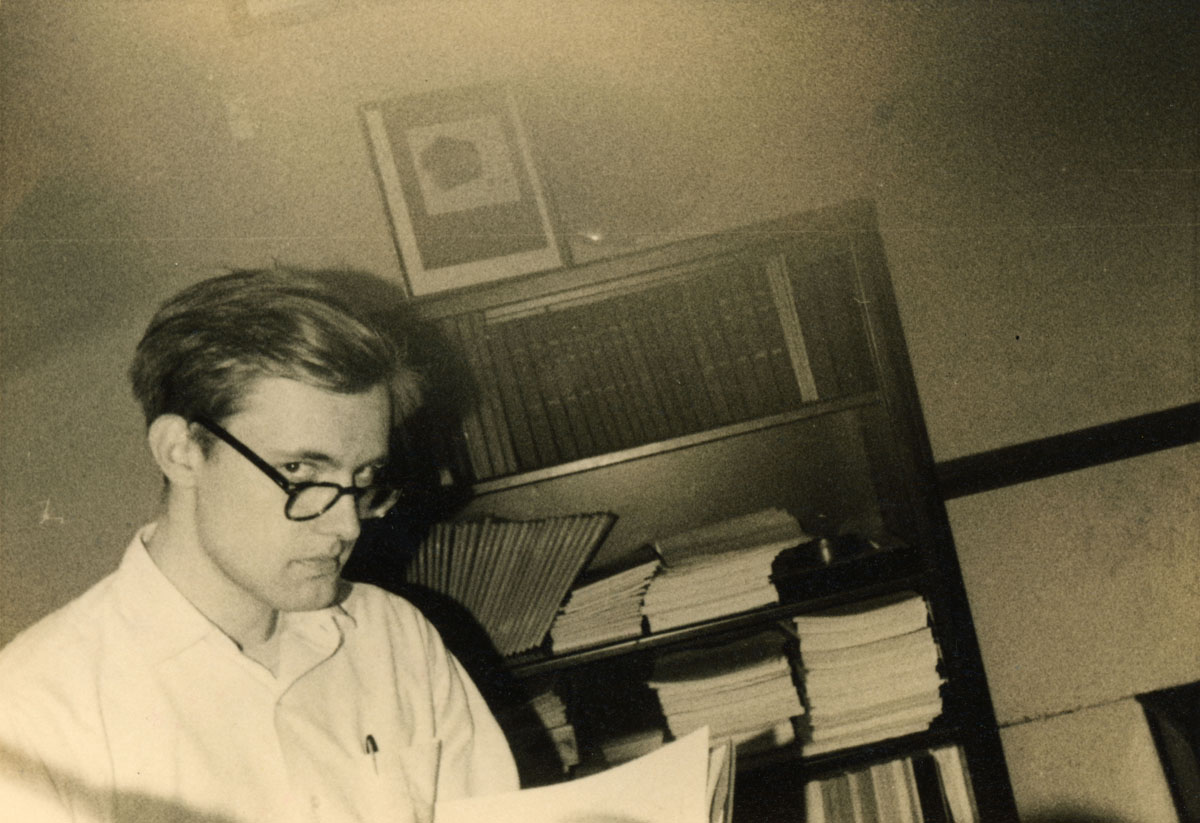
Halmos photographed his Ph.D. student Carl Linderholm in May of 1961. Linderholm earned his degree in 1963 from the University of Chicago with the dissertation “On Some Questions in Ergodic Theory.” Halmos left Chicago to join the faculty at the University of Michigan in 1961, and Linderholm received a teaching assistantship at Michigan so that he could complete his dissertation there. According to Halmos, soon after earning his Ph.D., Linderholm moved to England to take a position at the University of Reading, where he still was on the faculty in 1985. Linderholm is best known for his book, Mathematics Made Difficult (1972), which Halmos himself described as
... a brilliant, witty, extended mathematical in-joke.... The book treats high school trigonometry, for instance, from the point of view of category theory, for instance -- I recommend it highly.
(Sources: Mathematics Genealogy Project; amazon.com; Paul Halmos, I Want To Be A Mathematician, Springer, 1985, pp. 221-2, 250)
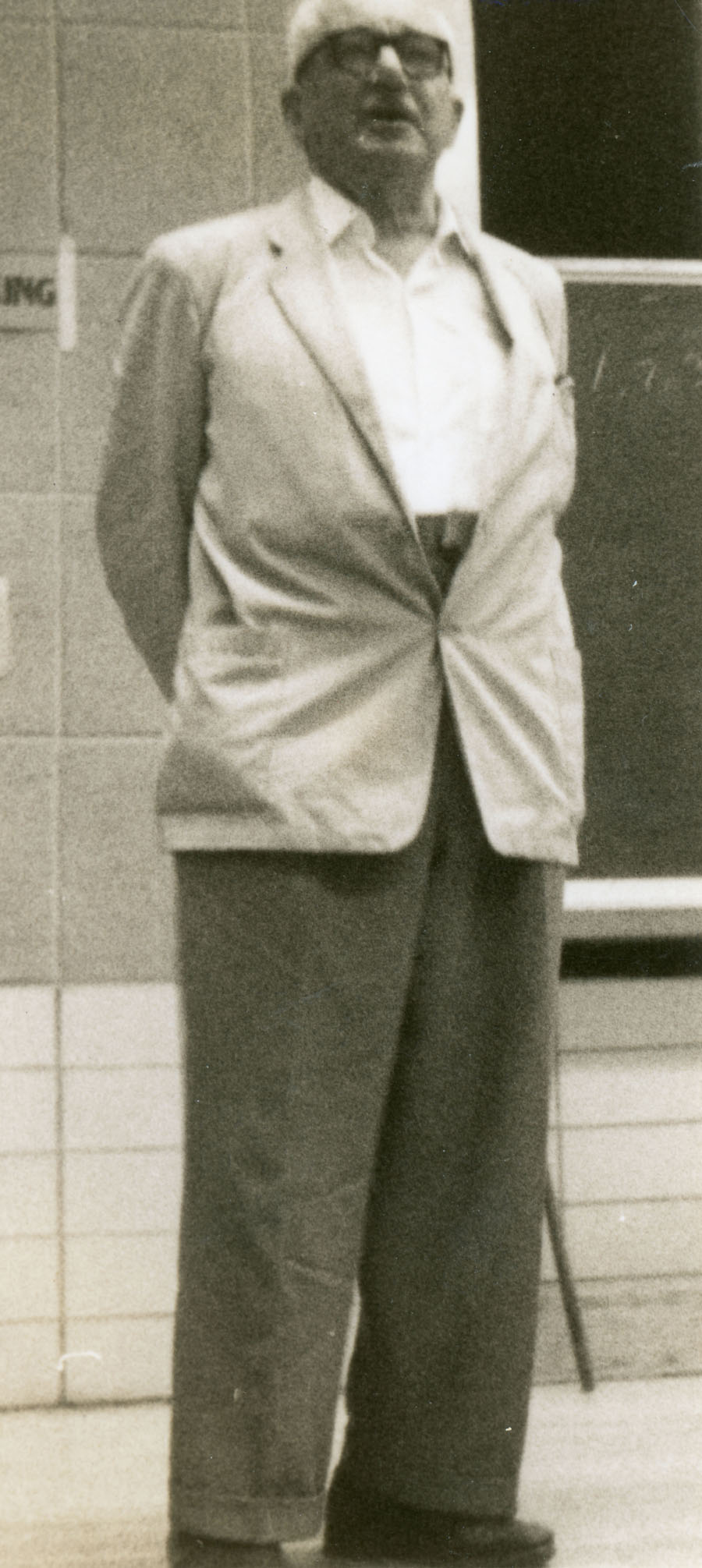
J. E. Littlewood (1885-1977) was photographed by Halmos in May of 1962. The prolific classical analyst John E. Littlewood earned his Ph.D. in 1907 from Cambridge. Except for three years at the University of Manchester (1907-1910) and some war work in London (during World War I; his World War II work was done at Cambridge), he remained at Cambridge for the rest of his career and life, advising 23 Ph.D. students of his own. Littlewood famously collaborated with G. H. Hardy, working on the theory of series, the Riemann zeta function, inequalities, and the theory of functions. During the late 1930s, when another European war looked likely, he began collaborating with his Cambridge colleague Mary Cartwright on nonlinear differential equations arising from radio research. (Source: MacTutor Archive, Mathematics Genealogy Project)
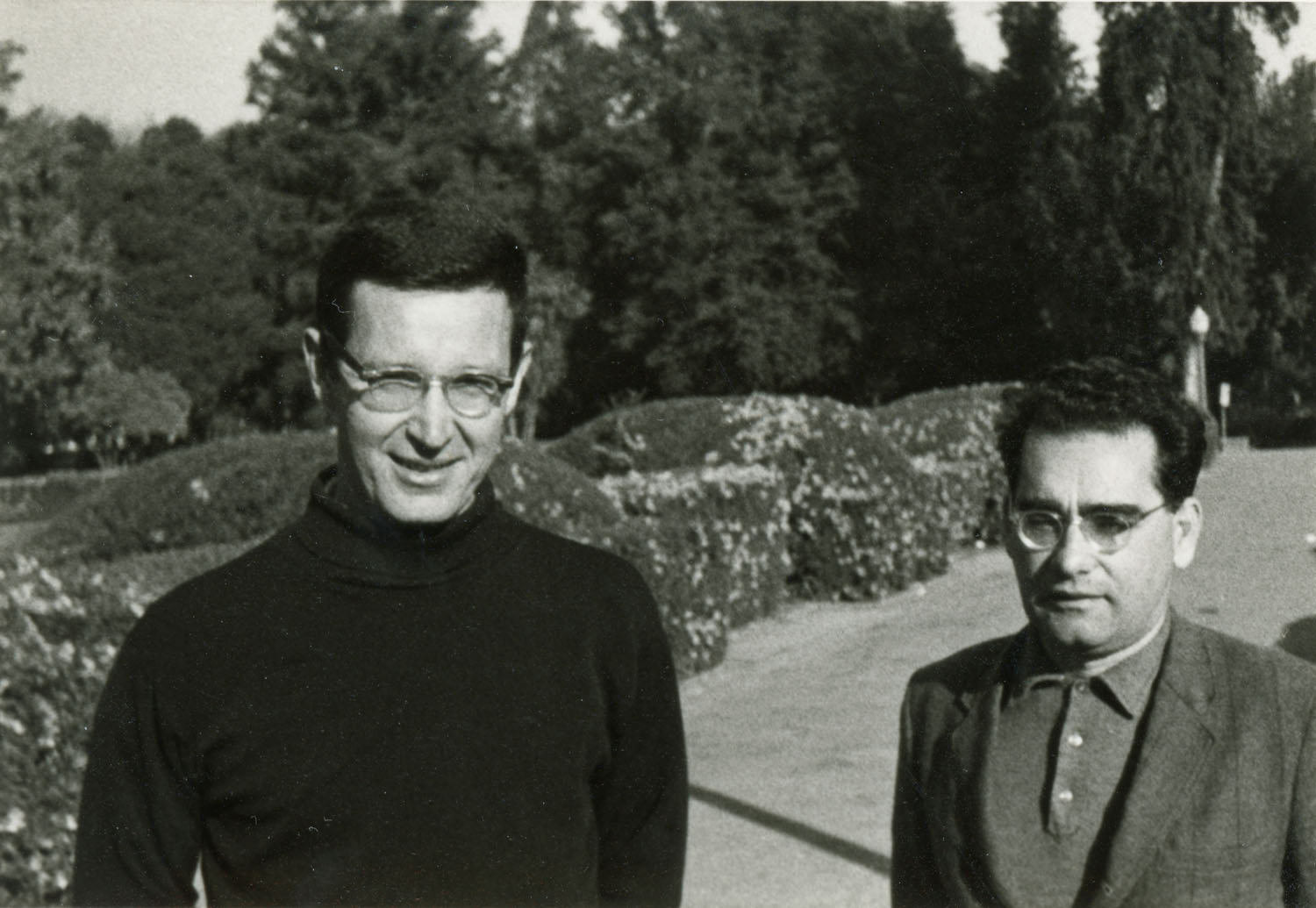
Halmos photographed Arunas Liulevicius, left, and Mauricio Peixoto at the 7th Brazilian Mathematics Colloquium in July of 1969 in Poços de Caldas, Brazil.
Liulevicius earned his Ph.D. in 1960 from the University of Chicago under advisor Saunders Mac Lane. Halmos was at Chicago from 1946 to 1961 and he and Liulevicius would have first met there. Liulevicius is an algebraic topologist who has written and edited several books in his field, including Algebraic Topology (AMS Proceedings of Symposia in Pure Mathematics, 1971) and Cobordism and Homology (University of São Paulo, 1969). He seems to have spent most of his career at the University of Chicago, advising Ph.D. students there at least from 1965 to 1975, and he is now Professor Emeritus at Chicago. Additional information about Arunas Liulevicius would be appreciated. (Sources: Mathematics Genealogy Project, University of Chicago Mathematics, WorldCat)
Peixoto trained initially as a civil engineer at the University of Brazil in Rio de Janeiro and stayed on to teach in the School of Engineering there. But the papers he wrote and the seminars he led as an engineering professor were decidedly mathematical, centering on differential equations and the mathematics of structural stability. In 1949-50, Peixoto visited the University of Chicago, where he would have first met Halmos. In 1953, Peixoto and Brazilian mathematician Leopold Nachbin helped found the Instituto de Matemática Pura e Aplicada (IMPA), which allowed Peixoto to focus on applied mathematics; specifically, the geometry of differential equations and dynamical systems. He visited mathematicians in the U.S. and they visited him at IMPA, most notably Solomon Lefschetz, Stephen Smale, and René Thom. His visits to the U.S. included an appointment to Brown University from 1964 to 1968. (Source: “Introduction: A few words about Mauricio M. Peixoto on his 80th birthday,” Computational & Applied Mathematics, Volume 20 (2001), Issue 1-2, which was devoted to Peixoto, pp. 3-9. Available through Google Books)
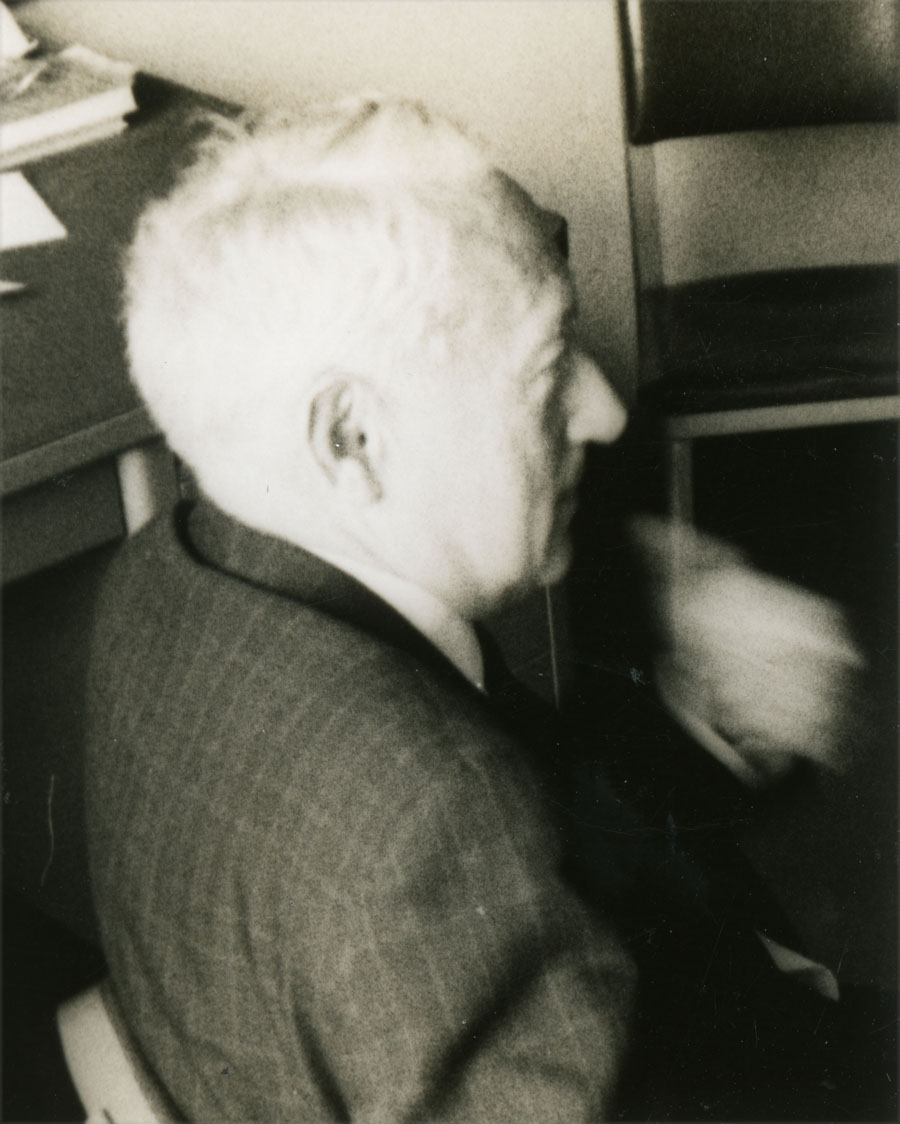
Charles Loewner (1893-1968) was photographed by Halmos in May of 1962. Born in Lany, Bohemia (now in the Czech Republic), Karel Löwner earned his Ph.D. in geometric function theory in 1917 from the Charles University of Prague under advisor Georg Pick (of Pick’s Theorem fame). After teaching at a technical university in Prague for four years, Karl Löwner (now using the German spelling of his name) moved in 1922 to the University of Berlin, in 1928 to the University of Cologne, and in 1930 to Charles University of Prague, where his last Ph.D. student was Lipman (Lipa) Bers (1938), who is pictured on page 5 of this collection. In 1939, Löwner and his family escaped the Nazi occupation of Prague by fleeing to the U.S., where Charles Loewner initially was on the faculty of the University of Louisville, Kentucky. In 1944, he moved to Brown University in Providence, Rhode Island, to do war work in fluid dynamics. From 1946 to 1951 he was at Syracuse University in New York, where he just missed Halmos who had taught there from 1942 to 1946. Finally, in 1951, Loewner moved to Stanford University in Palo Alto, California, where he spent the rest of his career doing research in complex analysis, differential geometry, and semigroups. (Sources: MacTutor Archive, Mathematics Genealogy Project, Stanford University Faculty Memorial)
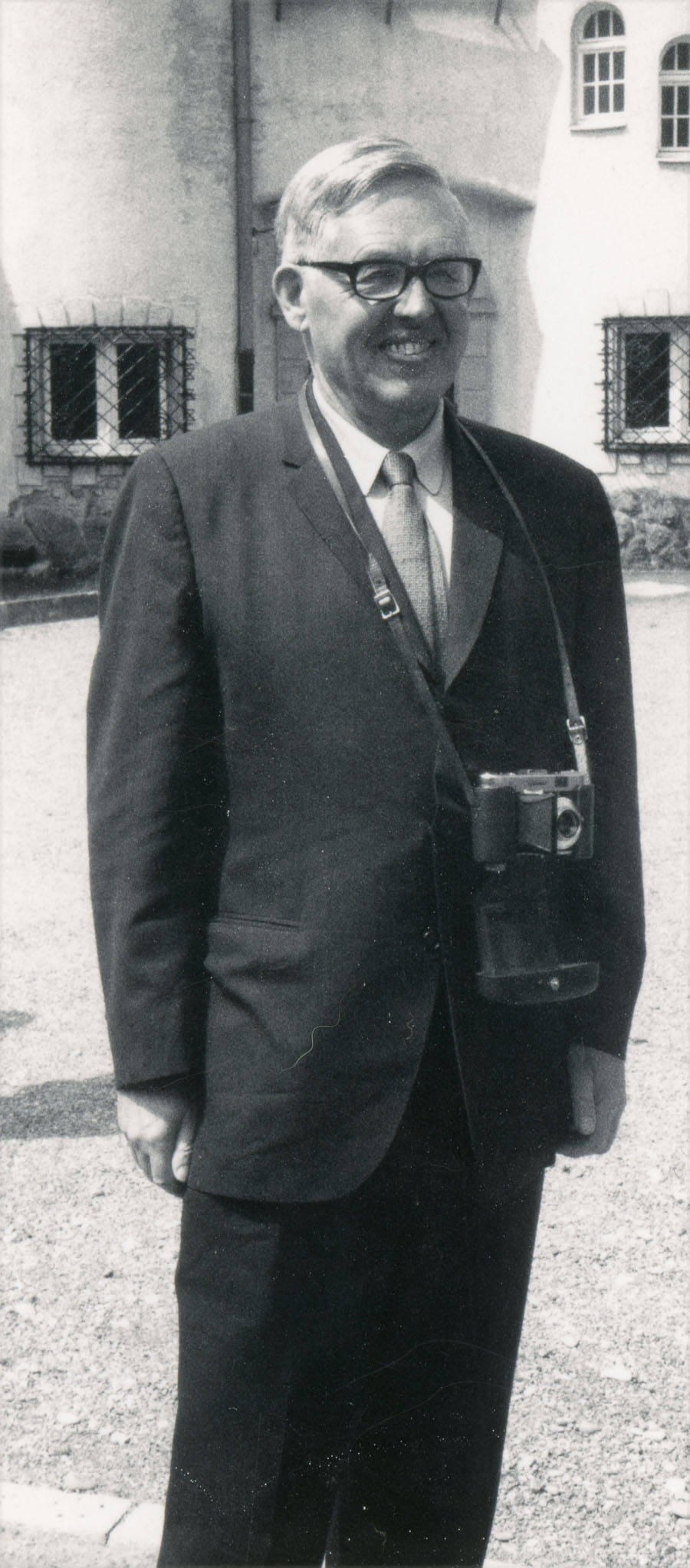
Halmos photographed George G. Lorentz (1910-2006) in July of 1968 at the Oberwolfach Conference Center in Germany. Born in St. Petersburg, Russia, Georg Rudolfovich Lorentz was educated at the Tbilissi (Georgia) Institute of Technology and Leningrad (formerly St. Petersburg) State University. During the 1930s, he carried a heavy teaching load at Leningrad State University, did research in analysis and number theory on his own, and published four papers. In early 1942, he and his wife escaped the German siege of Leningrad and eventually ended up at the University of Tübingen, Germany, where he finally earned his Ph.D. in 1944 under advisor Konrad Knopp.
Georg Gunter Lorentz taught at Tübingen and Frankfurt before emigrating to Canada in 1949 to accept a position at the University of Toronto. Although he worked in many areas, he was primarily an approximation theorist by this time. His Ph.D. students at Toronto included Paul Butzer, whose photo appears on page 9 of this collection and who organized the approximation theory conference at Oberwolfach at which this photo was taken. In 1953, George G. Lorentz (“Gunter” no more) moved to Wayne State University in Detroit, Michigan; in 1958 to Syracuse University; and in 1968 to the University of Texas at Austin, where he spent the rest of his career. (Sources: MacTutor Archive, Mathematics Genealogy Project)
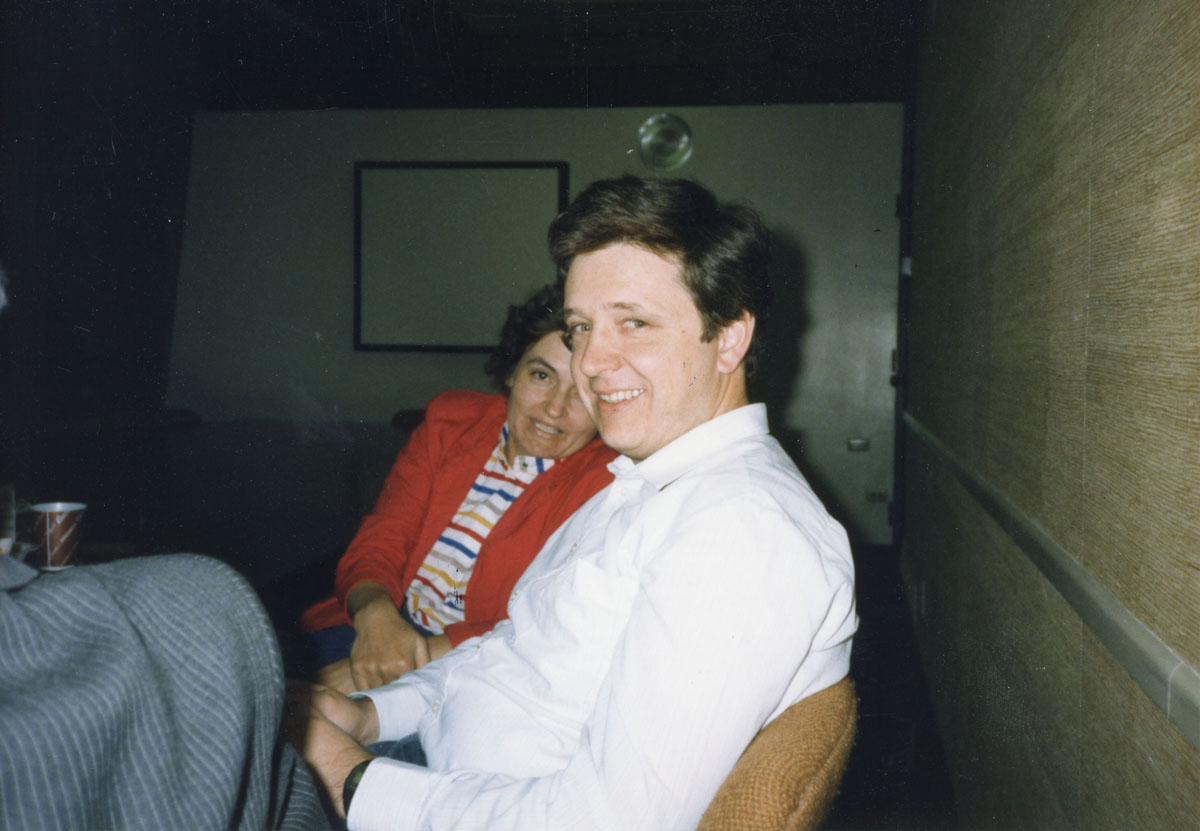
Halmos photographed married combinatorialists and theoretical computer scientists Katalin Vesztergombi and László Lovász in 1986 at Stanford University in Palo Alto, California. Lovász does not remember being photographed by Halmos, but he offers that "The shoulder on the left belongs probably to Paul Erdös."
Vesztergombi earned her Ph.D. in combinatorics in 1987 from Eötvös Loránd University in Budapest with the dissertation, "Distribution of Distances in Finite Point Sets," written under advisor Vera T. Sós, whose photograph appears on page 10 of this collection. (The photograph of Sós also includes Paul Erdös in one corner!) She began publishing papers in graph theory and related areas of discrete mathematics in 1974 and, in 2003, she co-authored with Lovász and József Pelikán the book Discrete Mathematics: Elementary and Beyond in the Springer Undergraduate Textbooks in Mathematics series. Many of Vesztergombi's most recent research papers have been co-authored with Lovász and Sós, among others. She currently is a professor in the Department of Computer Science, Institute of Mathematics, Eötvös Loránd University. (Sources: Mathematics Genealogy Project, MathSciNet, Eötvös Loránd University Institute of Mathematics)
Born in Budapest, Hungary, Lovász was mentored by Erdös beginning at age 15, started winning International Math Olympiad gold medals at age 16, and began publishing papers in graph theory at age 17. By the time he earned his Ph.D. in 1971 from Eötvös Loránd University in Budapest with the dissertation “Factors of Graphs,” he already had published at least 15 papers and in fact had been awarded a higher degree by the Hungarian Academy of Sciences one year earlier. Lovász remained at Eötvös Loránd University until 1975, when he moved to the University of Szeged, Hungary. In 1983, he returned to Eötvös Loránd University to take up the Computer Science Chair, and in 1993 he moved to the U.S. to accept an endowed chair in computer science and mathematics at Yale University. In 1999, he became Senior Researcher at Microsoft Research and in 2006 he returned to Hungary to become Director of the Mathematical Institute at Eötvös Loránd University. Lovász works in combinatorics and theoretical computer science; his primary research interests are optimization, algorithms, complexity, graph theory, and random walks. He was president of the International Mathematical Union from 2007 to 2010. (Sources: MacTutor Archive, Mathematics Genealogy Project)
For an introduction to this article and to the Paul R. Halmos Photograph Collection, please see page 1. Watch for a new page featuring six new photographs each week during 2012.
Regarding sources for this page: Information for which a source is not given either appeared on the reverse side of the photograph or was obtained from various sources during 2011-12 by archivist Carol Mead of the Archives of American Mathematics, Dolph Briscoe Center for American History, University of Texas, Austin.
Janet Beery (University of Redlands) and Carol Mead (Archives of American Mathematics, University of Texas, Austin), "Who's That Mathematician? Paul R. Halmos Collection - Page 31," Convergence (January 2012), DOI:10.4169/loci003801




